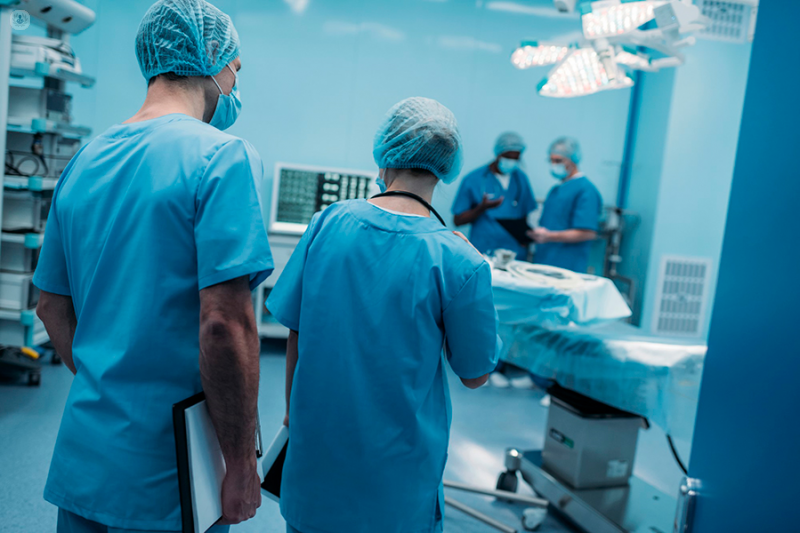Which hip conditions can you treat using keyhole procedures?
Autore:Keyhole surgery techniques have revolutionized many areas of medicine, from knee and shoulder repair to stomach surgery and gallbladder removal. When it comes to the hip, keyhole surgery – or arthroscopy – has made a whole range of procedures easier and safer. We spoke to leading consultant orthopaedic surgeon Mr Sujith Konan to find out how hip arthroscopy works, what benefits it offers over open surgery and what conditions it can be used for.

How does arthroscopy in the hip work?
Arthroscopy is a technique of visualizing a joint using keyholes (tiny incisions through the skin), avoiding the need to open up the joint. It can be used in a number of areas of the body, including the hip, knee and the shoulder.
In the hip joint, arthroscopy can be used to conduct a number of surgical procedures and fix specific problems. During hip arthroscopy, the joint is distracted under anesthesia, and a special camera and instruments are placed using two or three keyholes to undertake the procedure.
What kinds of conditions can be treated in this way?
Broadly the procedures undertaken using hip arthroscopy may be divided into soft tissue and bone-related procedures:
- Soft tissue procedures include the repair or removal of torn cartilage or ligaments.
- Bone procedures include removal of excess bone from the ball or socket of the hip joint.
Overall, the most common procedure undertaken using hip arthroscopy is for hip impingement between the ball and socket of the joint (also known as femoro-acetabular impingement) and uses a combination of bone and soft tissue procedures.
What are the benefits over open surgery?
Arthoscopic surgery has several benefits over open surgery in the hip:
- a lesser amount of tissse dissection
- reduced pain
- earlier recovery
- overall higher satisfaction from the patient side
However, the biggest advantage over open surgery is that open hip surgery compromises the blood supply to the hip joint which may lead to significant pain and damage to the hip joint.
Are there any risks involved?
Every surgery is associated with some risks, and it is best to discuss this in detail with your surgeon before proceeding. The main risks of hip arthroscopy surgery are:
- infection
- blood clots
- swelling
- stiffness of the hip
- numbness in the groin
- damage to nerves and blood vessels
- damage to cartilage and fractures.
What advances have we seen in recent years?
Surgeons have got increasingly better at carrying out hip arthroscopy and dealing with complications during surgery.
There has also been a better understanding of when not to undertake hip arthroscopy, which is again crucial to the success of the operation.
As for the technology involved, arthroscopy cameras, the screen resolution and instruments involved continue to improve. Last but not the least, imaging of hips is also improving, which leads to better diagnosis of hip problems.
Mr Konan is a member of the British Hip Society and the European Hip Society. If you would like to book a consultation with Mr Konan to discuss a hip problem, click here .


